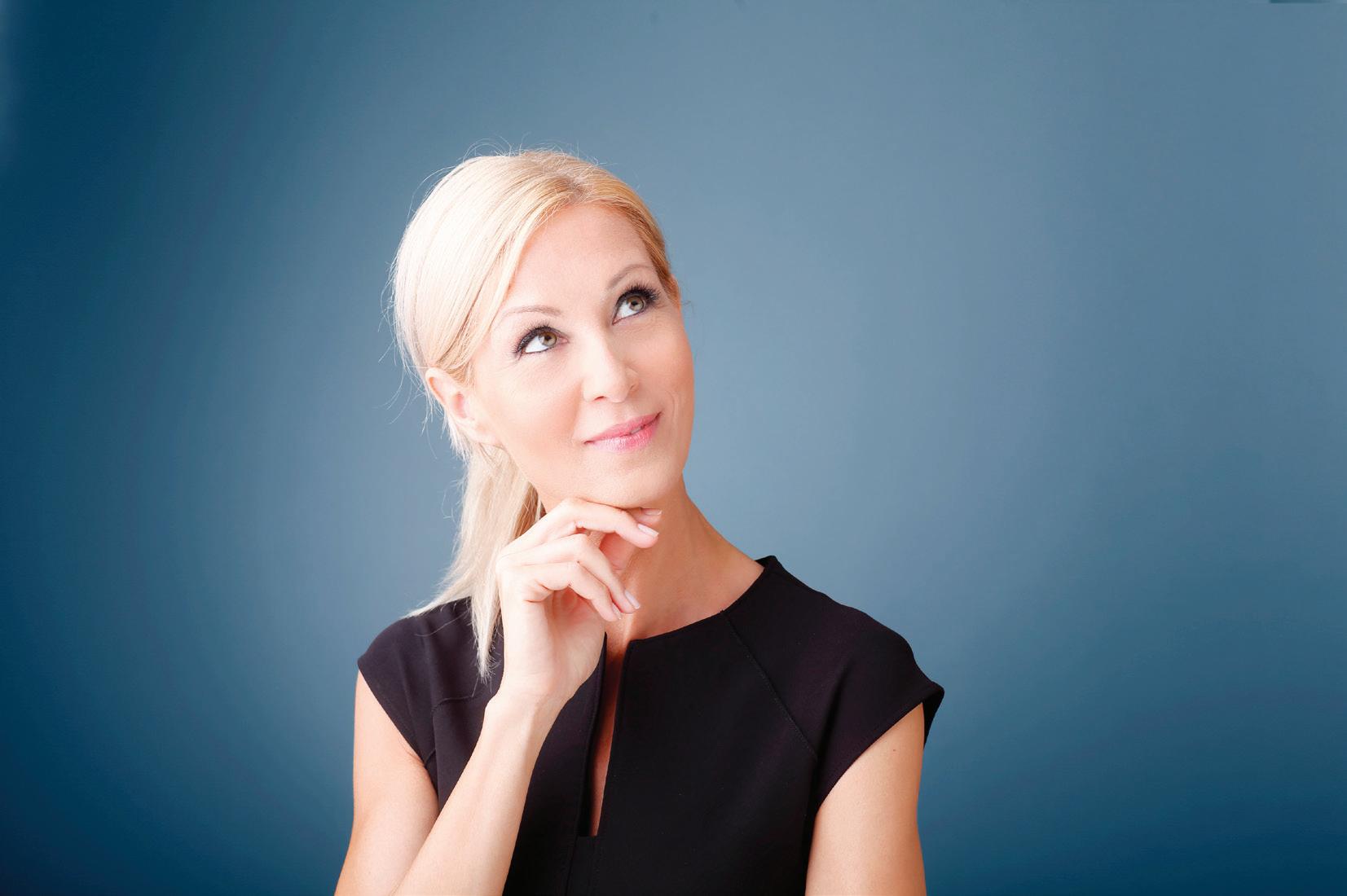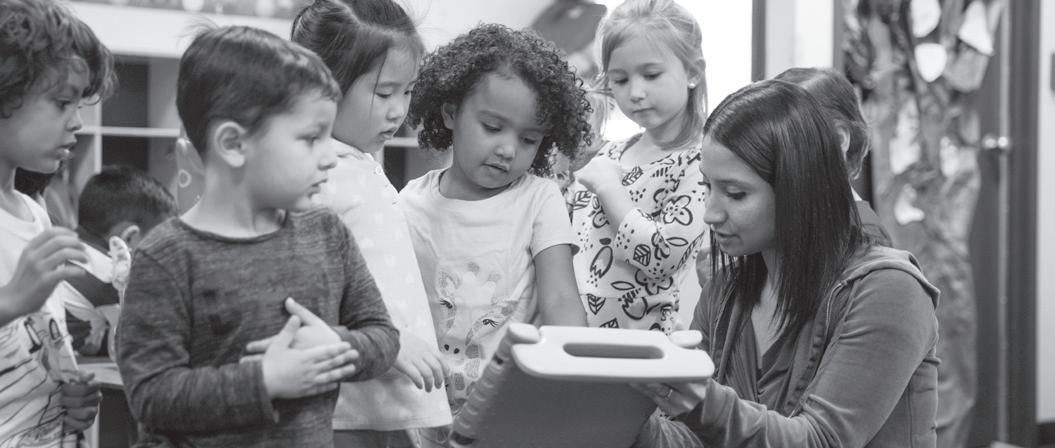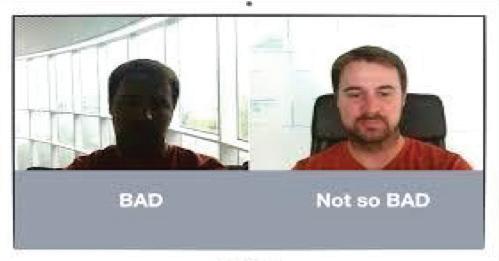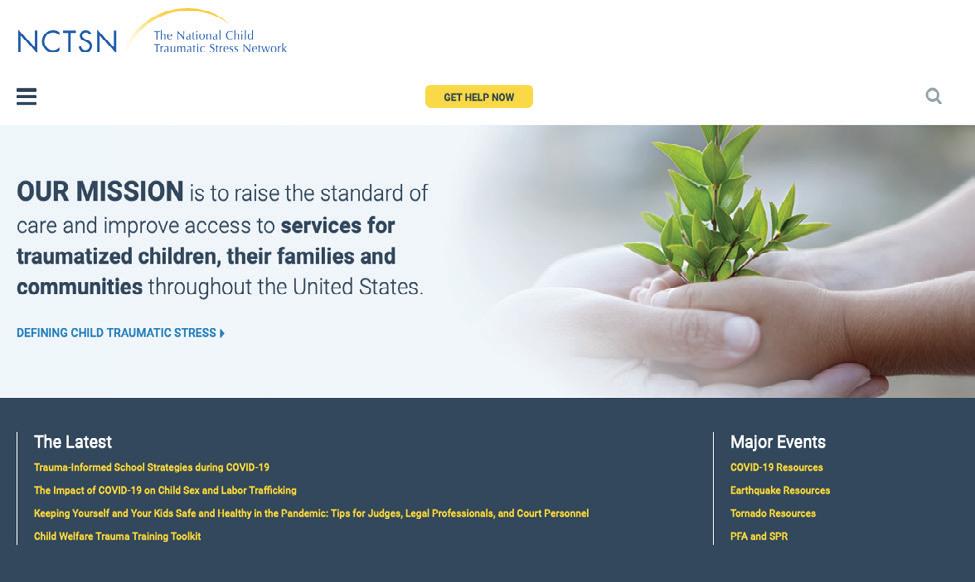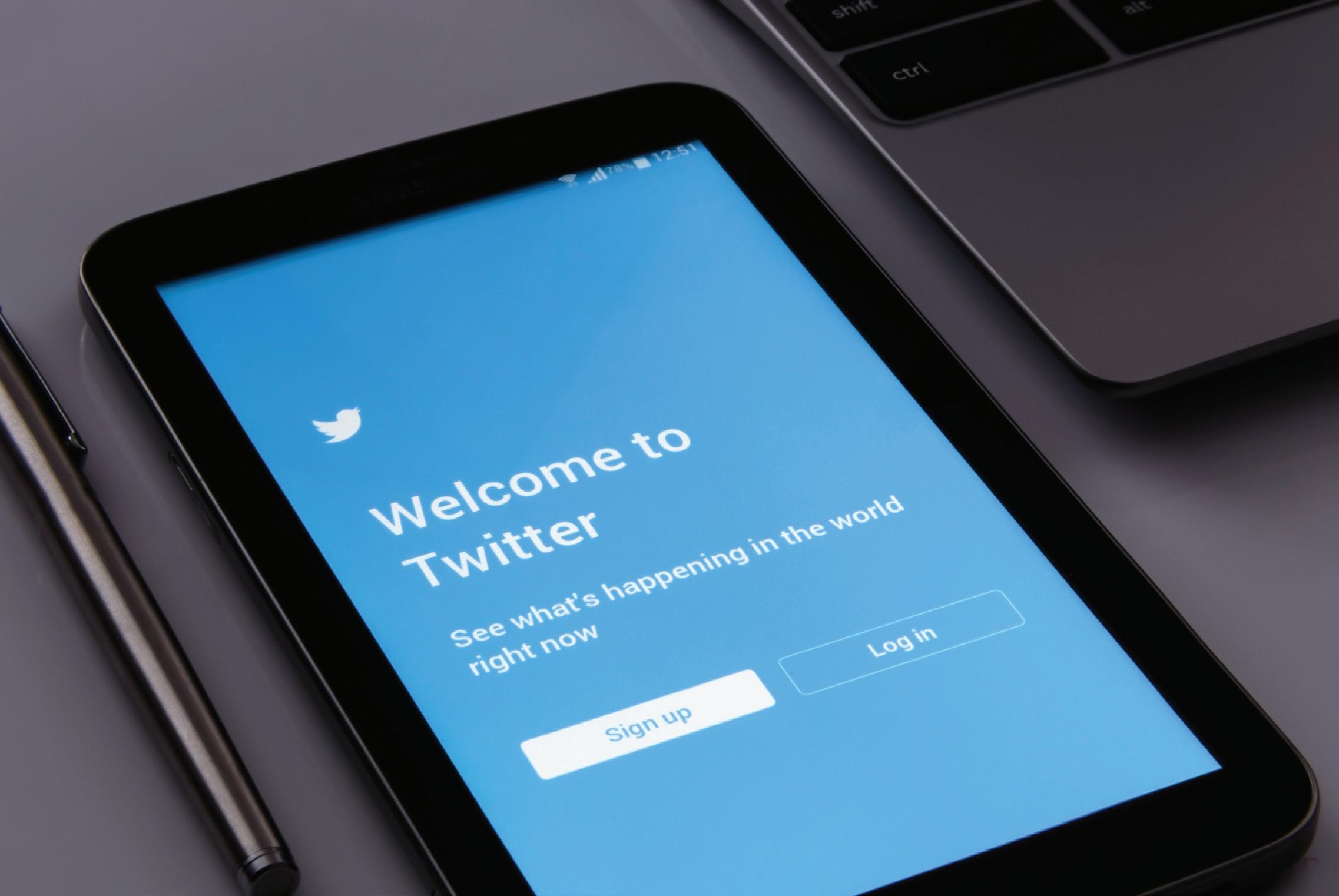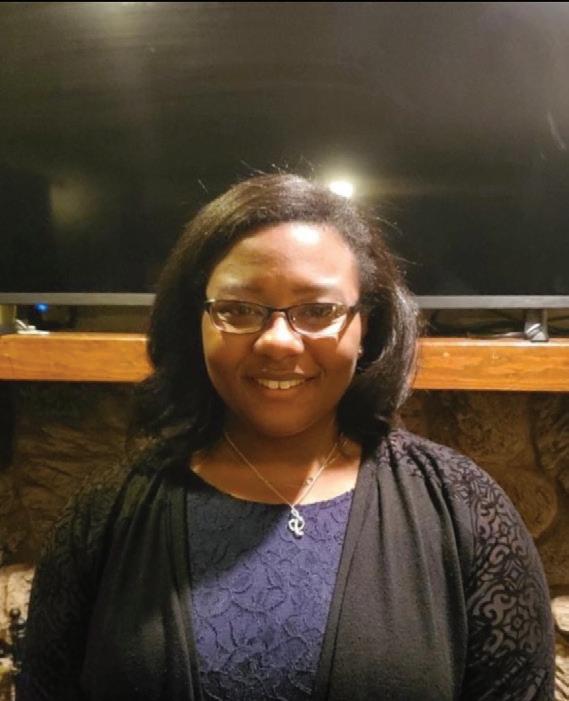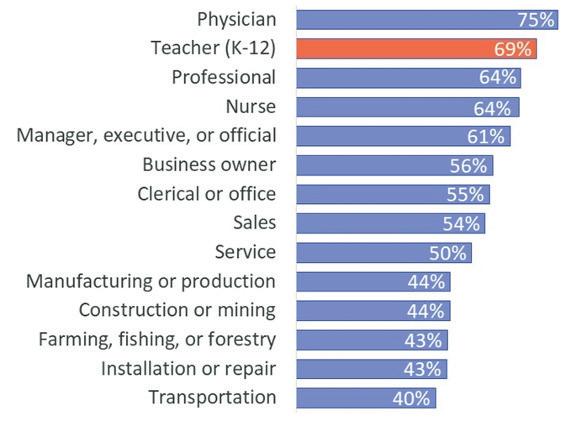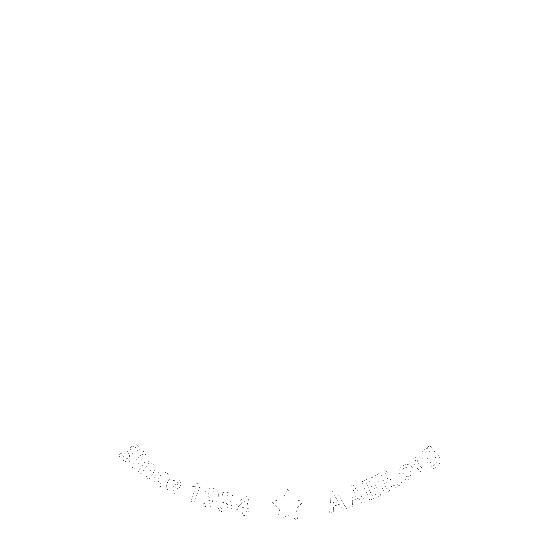Kurt Kreassig, EdD Dean of the School of Education, Regent University, Virginia
W
hile online recently perusing executive positions at various K12 school systems and universities, I was not surprised to find that many of the job listings required a diversity statement from the applicant. We are all keenly aware of our country’s social crisis, and while I’ve been intimately involved in social justice concerns while serving as both a school principal and university dean, I had never put pen to paper and written my diversity statement. While many of us can articulate our personal social justice framework centered around our worldview, putting it on paper takes a depth of thought and understanding. Connecting your values, teachings, beliefs, leadership, perspectives, character, etc. on paper requires you to demonstrate not only growth in your profession, but also growth in your character and spirit.
Preparing for Your Future
Calling All Rising School Administrators: Writing a Diversity Statement
Whether or not you have to write a diversity statement for a job application, you should take time to write a personal diversity statement. I say this from experience because the process of writing a diversity statement creates ownership and accountability of past decisions and actions and has the effect of centering one’s moral compass for all future decisions and actions. Once you put it on paper, it becomes who you are. How do you begin writing a diversity statement? The length of your statement is somewhat dependent on where you are in your career. Typically, an early career employee might have a one-pager while a seasoned employee might have three or more. Before you begin writing, it’s important to remember that your statement should reflect your growth as a professional regarding equity and diversity issues; how you’ve changed based on your experiences and learning; and what you did to address the equity issues you’ve witnessed or faced. My personal cultural competency is built on my experiences as a high school teacher, high school coach, school principal, university faculty, and university dean, and my awareness and appreciation of cross- cultural understanding still grows every day. I began my statement by outlining each of my employment positions over the years and wrote down concrete experiences and examples of what I did to address social justice issues both personally and professionally. I also wrote that the examples I list are my distinct qualities and commitments that I have pledged to continue throughout my life. I made sure that each example I listed could be verified by a third party or by evidence that I could regularly get my hands on. Below are two examples to help get you thinking about how you’ve stepped up and stepped in to personally and professionally address social justice issues. Example of early career diversity statement: ü
Teaching and coaching marginalized students: Although I was educated and trained as a licensed teacher, cultural competency was not emphasized during my teacher training curriculum. It wasn’t until I became a teacher that I truly understood the value of the differences of the human experience. My understanding of my cultural worldview began in the mid-90s while teaching at a secondary school. I was hired to teach 9th grade Earth Science and develop a boys volleyball program. What I didn’t realize at the time, was that Earth Science was a required course for graduation, and I found myself teaching upper-class boys and girls who were repeating the course due to failures the previous year, some were taking the course a third time. Every student I taught my first year belonged to a marginalized group. I quickly understood each student’s unique gift and background and that led me to become a teacher who fostered student choice and voice throughout my teaching career. The experience was couched with developing a boys’ volleyball program in a predominantly black high school, in which many students never played nor knew about the game of volleyball. Starting an athletic program not only helped me to understand the value and diversity among all students, but I understood that if students are provided the opportunity and a caring environment, they can and will succeed. That inspiration sticks with me to this day.
Example of mid-career diversity statement: ü Supporting and mentoring marginalized students: I left the classroom after four years of teaching and held the position of assistant principal for six years at various secondary schools. What’s unique about the assistant principalship, which very little is researched or written about, is that due to the proximity of the position to students outside of the teaching role, it is the frontline position that can negate adultism. This was the first position in my career that I regularly and systematically could use school-wide data to strategically plan actions and programs to support marginalized students. My first assignment as an assistant principal was at a school that served the resort oceanfront area. The school’s student population ebbed and flowed based on the seasons. In early winter, the school would experience an influx of new students, sometimes upward of 20% of the student body. These new students were homeless, and the move to the oceanfront hotels were families’ efforts to take advantage of discounted weekly and monthly hotel rates. In late spring, when hotel rates would increase for the approaching summer, these families left the area. Students living this pattern of enrolling and disenrolling in schools during an academic year wreaked havoc on their social emotional learning (SEL). Recognizing the disadvantaged situation these families and students faced, I implemented professional development in SEL for faculty, before and after school student academic opportunities, intermural student athletic programs, and evening parent information sessions led by local social service agency representatives. The positive impact on the school-community was immediately recognized with these disadvantaged students achieving higher academic achievement. The above example is just a brief glimpse of my efforts to ensure that the next generation of leaders act towards inclusivity. You must be sure that that inclusivity is at the top of your daily personal agenda, and that you lead by example for students, faculty, and your community.
25 American Association for Employment in Education






